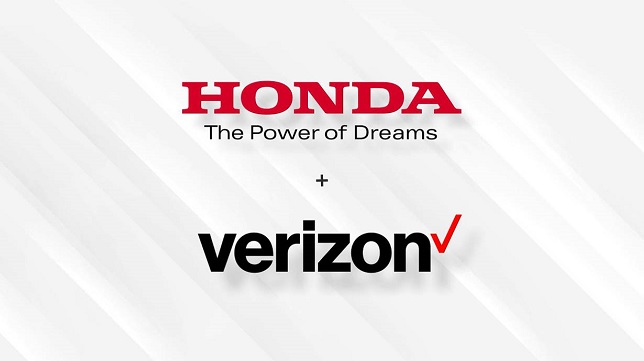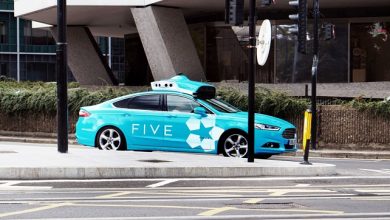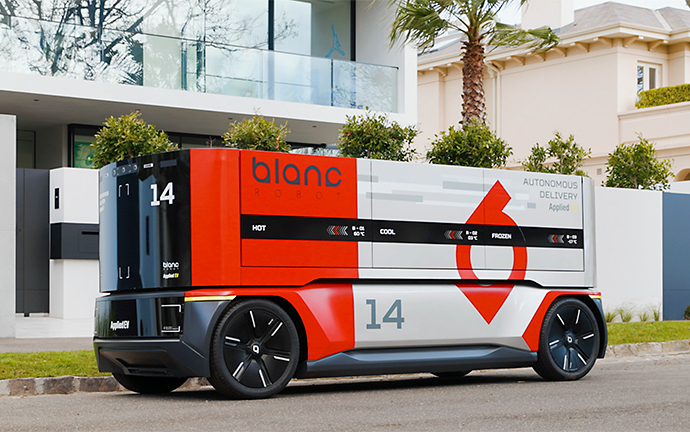Verizon & Honda test how 5G enhances safety for connected and autonomous vehicles

Honda has partnered with Verizon to research how connected safety technology using 5G and mobile edge computing (MEC) can improve the safety of connected vehicles. The partnership was established through both companies’ participation in the University of Michigan’s Mcity testbed for connected and autonomous vehicles.
Since 2017, Honda has been developing a technology to realize a collision-free society called SAFE SWARM™. Using Cellular Vehicle-to-Everything communication, Honda SAFE SWARM™ enables vehicles to communicate with other road users and share key information such as location, speed, and vehicle sensor data.
Honda and Verizon explored three safety scenarios where 5G, MEC and V2X software platforms can improve vehicle safety:
- Pedestrian Scenario: Verizon’s MEC and V2X software platforms detect the pedestrian and vehicle and determine the precise location of road users assisted by Verizon’s Hyper Precise Location services. A visual warning message is then sent alerting the driver of the potential danger.
- Emergency Vehicle Warning Scenario: Verizon’s MEC and V2X software receive a safety message from the emergency vehicle and send a warning message to nearby vehicles. The driver receives a visual warning.
- Red Light Runner Scenario: Using data from the smart cameras, MEC and V2X software detect the vehicle and send a red-light-runner visual warning message to other vehicles approaching the intersection.
Each research scenario demonstrates the potential of 5G and MEC to communicate urgent safety messages between vehicles and infrastructure. In the future, this connected vehicle technology could help ensure that autonomous vehicles will be able to communicate seamlessly.




